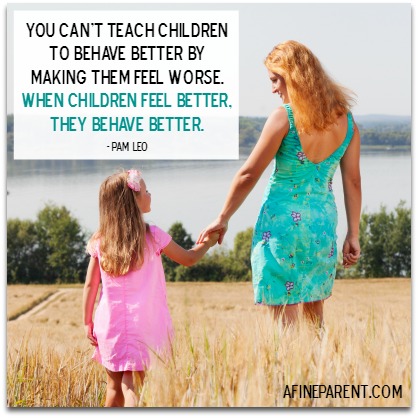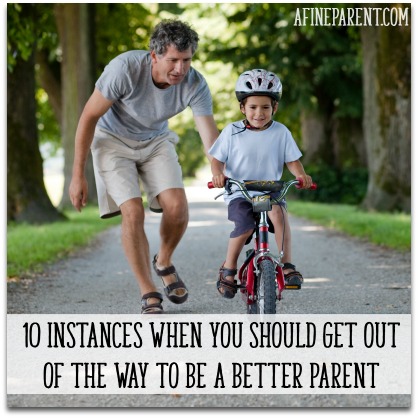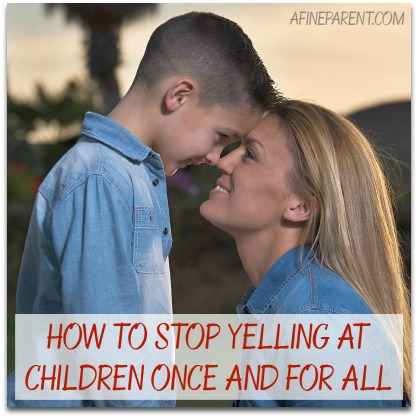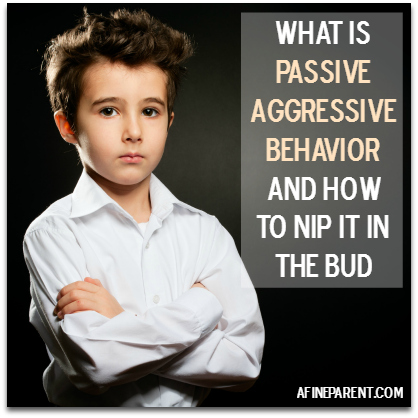 “Jacob, do you know how important reading comprehension is? Do you know how important becoming a good writer can be to your future?”
“Jacob, do you know how important reading comprehension is? Do you know how important becoming a good writer can be to your future?”
He stares at me blankly.
“Well, let me tell you. No matter what you do, you’ll need to understand what you read and convey a clear thought in writing. I can’t think of one profession where those things won’t matter.”
Some days, he continues to stare at me blankly.
On others, he quickly responds with a “Yeah, Ok. OK!!” in that exasperated voice of his that conveys he’ll agree with whatever I say just to keep me from launching into more nagging and lecturing.
Jacob loves math and science. However, when it comes to language arts, he is totally uninterested. And I lecture and nag to drive home the point that this stuff really matters.
In reality though, he probably just hears “blah, blah, blah.”
No matter how much I harp, nothing I say seems to get through.
So, what do we do, parents? There are so many important issues that we want to talk to our kids about, but if everything we say just goes into one ear and out the other and completely bypasses the brain, what good will it achieve?
Here’s what I’ve found out –
 So, on this site we talk a lot about
So, on this site we talk a lot about  “I hate school!” your child yells as they storm off to their room.
“I hate school!” your child yells as they storm off to their room. You are doing it again!
You are doing it again! “Jacob! Come here, please!”
“Jacob! Come here, please!”